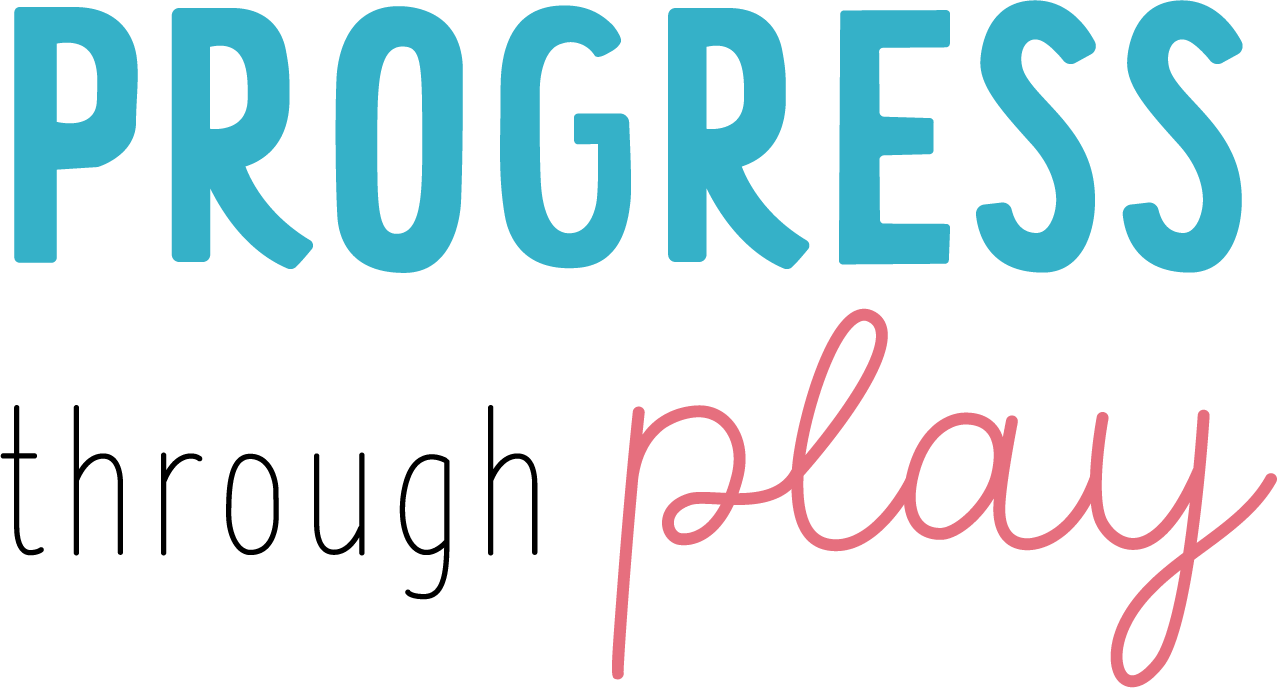Hypotonia
Have you been told your baby has HYPOTONIA - aka low muscle tone???
Have questions as to what that actually means and how you can help your little one?
Here are some fast facts to get us started…
✨Muscle tone refers to the amount of tension that a muscle has when it is at rest
✨Low muscle tone does NOT mean the muscles are weak
✨Muscle tone is a spectrum and may or may not affect development
Let’s dig deeper… Muscle tone is a spectrum and it describes a muscle’s tension or resistance to stretch. Think about muscles like a rubber band.
Healthy muscles at rest always have a little bit of tension, like a brand new rubber band, so that they are ready to spring into action when they are activated. Children with low muscle tone have muscles like a loose or stretched out rubber band - they still are able to do the same job but it takes a little bit more effort. Muscle tone is describing how the muscles are at rest, and muscle strength describes how they work when active. While hypotonia and weakness sometimes go hand in hand, they are not the same!
Now that we know what hypotonia is, let’s talk about what it looks like. Some may have heard the term “floppy baby syndrome” as this term has been used to describe the “rag-doll” feeling when handling an infant with significant hypotonia.
Hypotonia can range from minimal to severe and can affect the whole body, or just parts. This means no two children diagnosed with hypotonia will look exactly the same.
Check out some of the common signs:
Early signs of hypotonia in infants include:
- Poor head control
- Difficult to carry, feel “slippery”
- Persistent head lag when pulling them up to sit
- Slumped sitting posture
- Delayed in reaching milestones such as sitting, crawling and walking
- Infants often prefer to bottom scoot instead of crawling
- Difficulties with feeding or nursing
- Excessive drooling and mouth hangs open
Young children with hypotonia may demonstrate:
- W Sitting
- Open mouth with protruding tongue
- Clumsiness
- Poor endurance
- Motor planning deficits
- Sensory processing difficulties
- Poor balance
Older children can display:
- Frustration during sports/physical activities
- Altered walking patterns
- Fatigue easily
- Flat feet
- Problems with handwriting
- Slumping in their seats at school
Now, you may be wondering “what can I do to help my child with low muscle tone?”
Well, that’s hard to answer without fully evaluating your child so, my first answer will always be: seek out a PT/OT/Speech evaluation for your child! Individualized early intervention from skilled therapists is key for supporting these kiddos and their development!
But…I know you want specifics 😉, so here are a few general things I always work on with children who have low muscle tone:
✨Tummy time! Yes, even for bigger kids. Tummy time helps strengthen the shoulder girdle as well as turn on postural/core muscles. Weight bearing through the hands in any manner is a great activity for kids with low tone (think wheelbarrow walking, crab walks etc)
✨Crawling and climbing: obstacle courses are one of my favorite ways to encourage this. Make towers of cushions to climb over, tunnels to crawl through etc.
✨Squatting and stability exercises: children with low tone often have joint instability so strengthening the muscles that help stabilize the hips, ankles etc are so important!
The most frequently asked question I receive regarding hypotonia is whether or not muscle tone can change or improve over time?
And the short answer is, No.
- Muscle TONE (tension at rest) stays the same
- However, muscle STRENGTH can compensate for it
- Often times a child with hypotonia will appear to “grow out of it” but what’s really happening is that they are gaining strength
- This is why early referral for therapy services is so key for children with low muscle tone, because targeted strengthening exercises and therapeutic developmental activities can do wonders for keeping these kiddos on track


